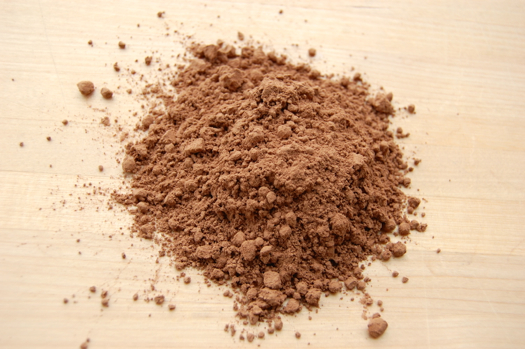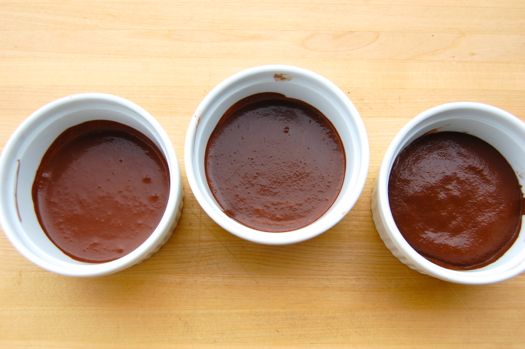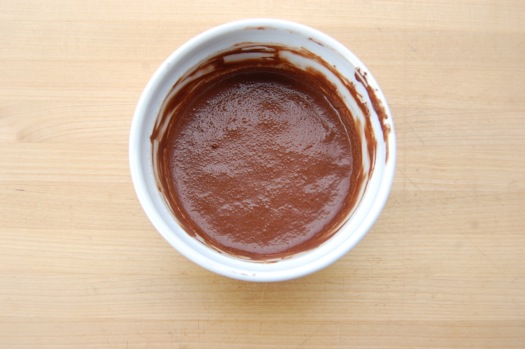On Kitchen Acids
Reader Cynthia writes:
So OK, I get that alkalines like baking soda are rare things in the kitchen. But what about the other side of the reaction: acids? They seem more common. Can you give us a list of things that react with soda? And are there any other alkaline ingredients out there?
Cynthia, I’d be positively delighted to answer. As you’ve intuited, acids are a much more common in the kitchen than bases. The strongest of these are vinegar, cream of tartar and lemon juice. Other citrus juices like orange and lime are acidic, so is tomato juice and any fermented dairy product (buttermilk, sour cream, yogurt, etc.). Other, milder acids include
READ ON

